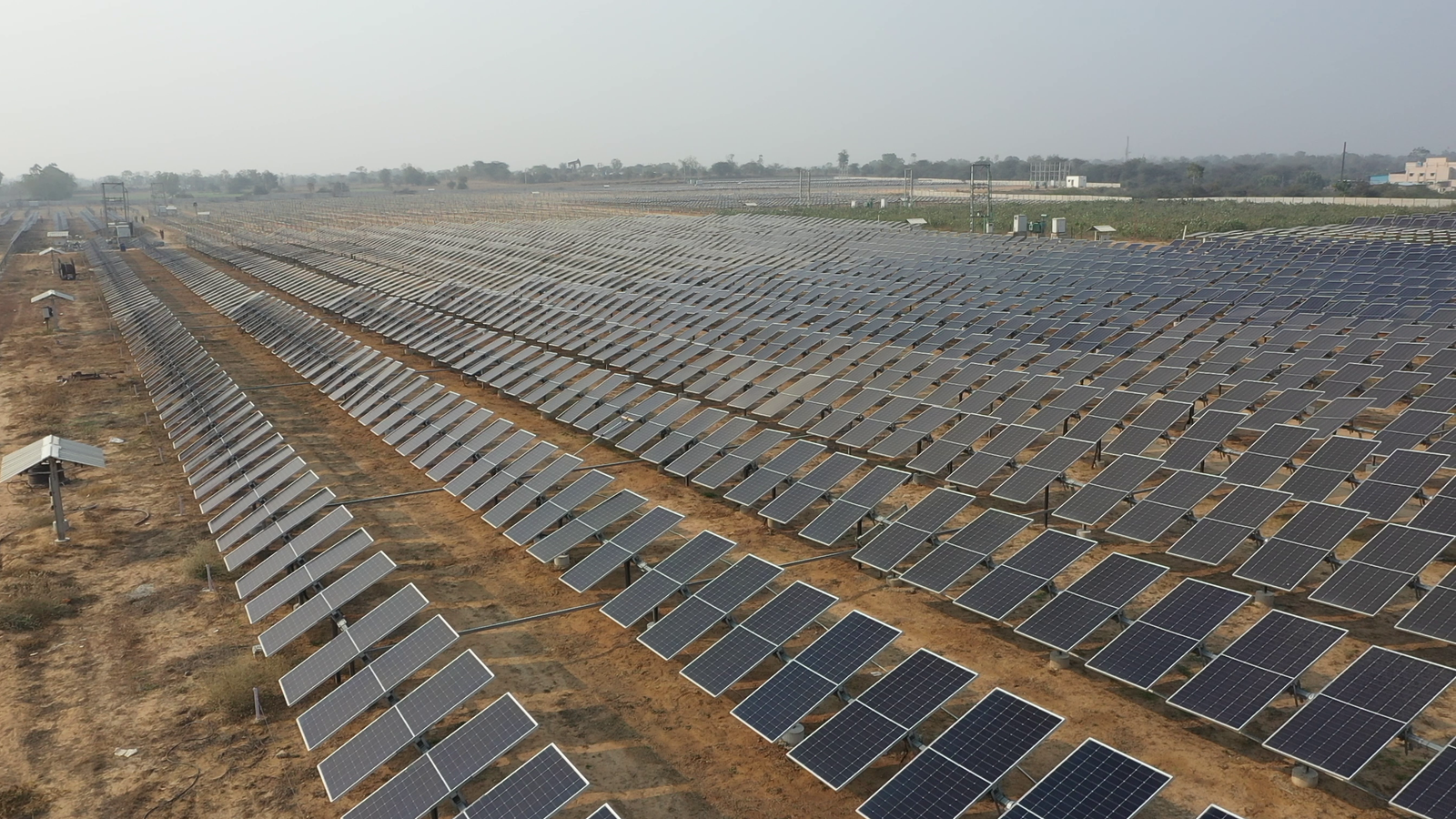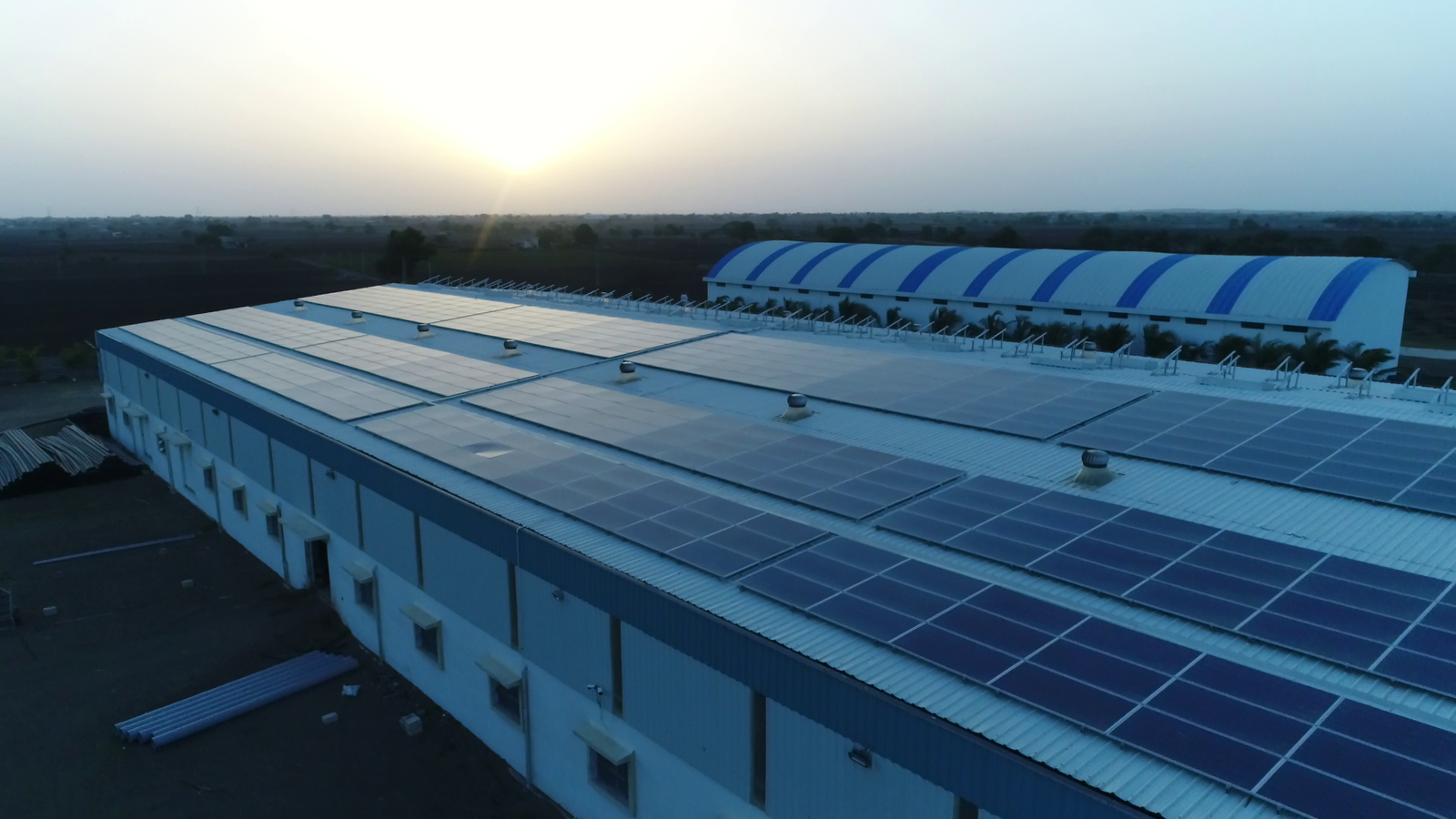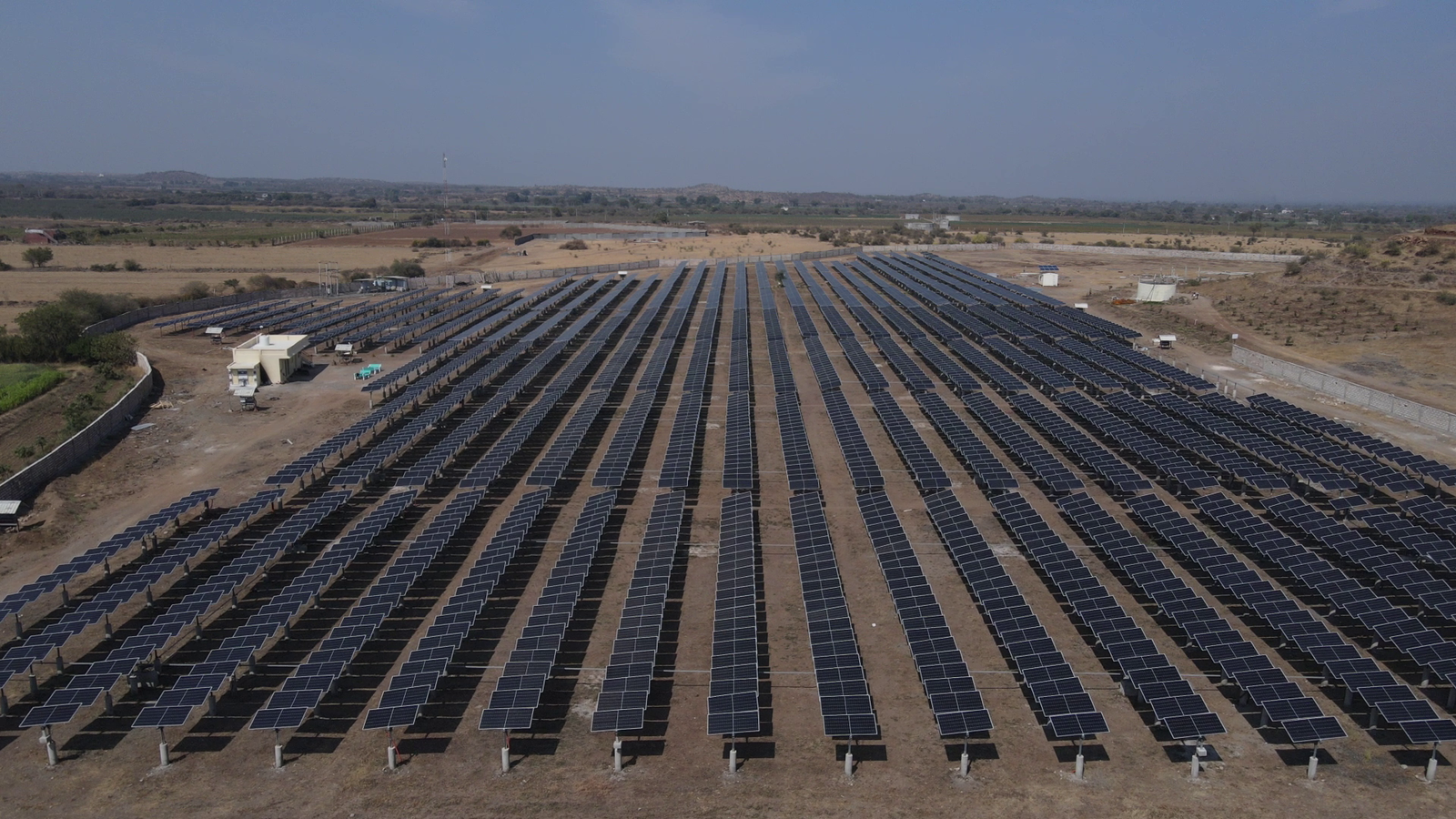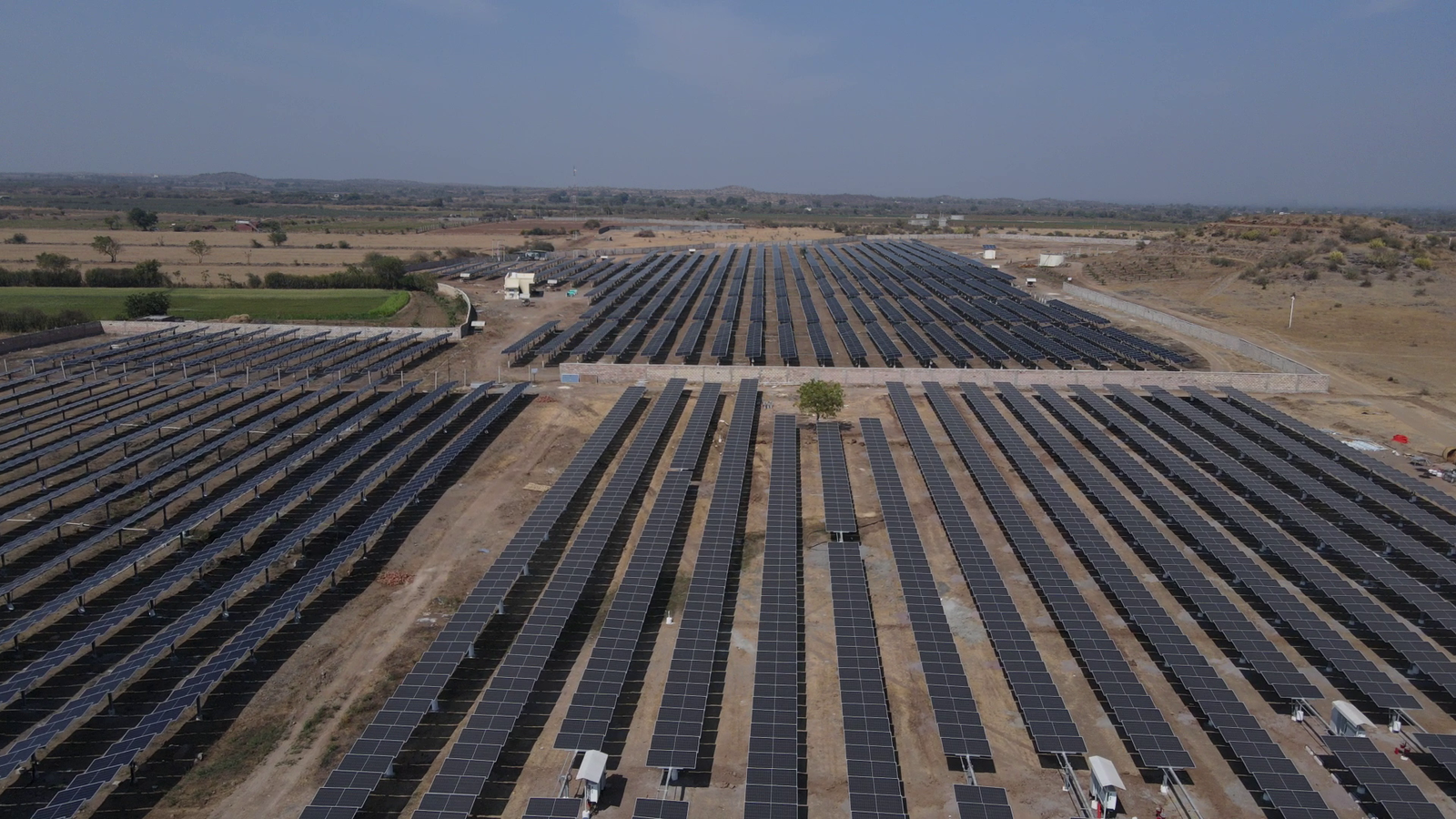A Solar Power Purchase Agreement (PPAs) is a financial arrangement that enables organizations to benefit from clean energy without incurring the upfront capital expenditure associated with solar power installations. In this model, a third-party developer owns, operates, and maintains the photovoltaic (PV) system, while the customer agrees to purchase the generated electricity at a predetermined rate for a specified period.
Table of Contents
This detailed guide explores everything you need to know about Solar PPAs, including its benefits, working mechanisms, types, cost structures, legal considerations, and how to choose the right PPA provider.
What is a Solar PPAs?
A Solar Power Purchase Agreement (PPA) is a financial arrangement where a third-party developer designs, finances, installs, and maintains a solar energy system on a customer’s property at little to no upfront cost. The customer agrees to purchase the generated electricity at a fixed rate, typically lower than the local utility’s retail rate, over a predetermined period, usually ranging from 10 to 25 years.
- Maintenance and Performance: The developer handles all aspects of system performance, including monitoring and repairs, ensuring optimal energy production.
- Third-Party Ownership: The developer retains ownership of the solar system and is responsible for its operation and maintenance throughout the agreement’s duration.
- Fixed Electricity Rates: Customers benefit from predictable energy costs, often lower than traditional utility rates, providing potential savings over time.
- No Upfront Costs: This model allows customers to access solar energy without the initial capital expenditure associated with purchasing and installing a solar system.
How Does a Solar PPAs Work?
- Site Evaluation: The RESCO conducts a thorough evaluation of the consumer’s site to determine its suitability for solar installation, considering factors such as available space, orientation, and shading.
- Agreement Signing: Both parties sign the PPA outlining terms, rates, and duration. Upon mutual agreement, a PPA is signed, outlining the terms, tariff structure, duration (typically ranging from 10 to 20 years), and other pertinent details.
- Installation: The RESCO proceeds with the installation of the solar power system, ensuring compliance with local regulations and standards.
- Energy Generation: The installed system generates electricity, which is consumed on-site by the customer. Any surplus energy can be exported to the grid under net metering or net billing arrangements, subject to state policies.
- Billing & Savings: The consumer is billed for the electricity consumed from the solar system at the agreed-upon tariff, leading to potential cost savings.
- End of Contract Options: The customer may renew, purchase, or remove the system.

Types of Solar PPAs
1. Onsite PPA
In this arrangement, the solar energy system is installed directly on the energy consumer’s property, such as on rooftops or available land. The generated electricity is consumed on-site, reducing reliance on grid power. This model is often utilized by businesses, schools, and government facilities aiming to lower energy costs and enhance sustainability.
2. Offsite PPA (Virtual PPA)
Here, the solar installation is located at a different site from the consumer’s premises. The generated electricity is fed into the grid, and the consumer receives the energy via the grid infrastructure. This type is suitable for organizations lacking adequate space for on-site installations or those seeking to support large-scale renewable projects.
3. Virtual Power Purchase Agreement (VPPA):
A VPPA is a financial contract where the consumer agrees to purchase the renewable energy attributes of a project, such as Renewable Energy Certificates (RECs), without taking physical delivery of the electricity. This model allows organizations to achieve sustainability goals and hedge against energy price volatility without altering their existing power supply arrangements.
4. Physical Delivery Power Purchase Agreement:
In this type of PPA, the consumer takes physical delivery of the electricity generated by the solar project. This arrangement is common in deregulated energy markets where consumers can directly purchase power from producers. It involves the actual transfer of energy from the producer to the consumer through the grid.
5. Sleeved Power Purchase Agreement:
Also known as a “back-to-back” PPA, this model involves a utility or third party facilitating the transfer of renewable energy from the producer to the consumer. The intermediary “sleeves” the power through the grid, handling the complexities of energy delivery and balancing. This is beneficial for consumers seeking renewable energy without managing the logistical aspects of energy transmission.
6. Portfolio Power Purchase Agreement:
This approach allows consumers to procure energy from a portfolio of renewable energy projects, rather than a single source. Diversifying across multiple projects can enhance energy reliability and support a broader range of renewable initiatives.
7. Block Delivery Power Purchase Agreement:
In this structure, the consumer agrees to purchase a specific amount of electricity (a “block”) during defined periods. This can be advantageous for organizations with predictable energy usage patterns, allowing them to secure fixed energy quantities at predetermined prices.
Key Benefits of a Solar PPAs
1. No Upfront Capital Cost
PPAs enable the installation of solar systems without any initial investment, as the third-party developer covers all expenses related to design, permitting, and construction.
2. Predictable Energy Pricing
By locking in a fixed or escalating rate for the electricity produced, PPAs provide long-term cost predictability, shielding consumers from volatile utility rates.
3. No System Performance or Operating Risk
The responsibility for system performance and maintenance lies with the developer, ensuring optimal operation without imposing additional burdens on the consumer.
4. Immediate Financial Benefits
Projects can be cash flow positive from day one, as consumers start saving on energy costs immediately upon system activation.
5. Environmental Commitment
Adopting a PPA visibly demonstrates an organization’s dedication to environmental sustainability, potentially enhancing its reputation and stakeholder relations.
6. Potential Increase in Property Value
Properties equipped with solar installations may experience an increase in value due to reduced operating costs and the appeal of sustainable energy solutions.
7. Support for Local Economy and Job Creation
Investing in solar PPAs contributes to the growth of the local renewable energy sector, fostering economic development and creating job opportunities within the community.

Cost Structure of a Solar PPAs
The cost structure of a Solar Power Purchase Agreement (PPA) in India is determined by several factors, including the type of installation, tariff rates, open-access charges, and state-specific policies. Here’s a detailed breakdown:
1. PPA Tariff Rates in India
The per-unit cost of electricity under a Solar PPAs varies depending on the installation type:
- Rooftop Solar PPA: ₹3.50 – ₹4.50 per kWh
- Ground-Mounted Solar PPA: ₹2.00 – ₹3.00 per kWh
- Open-Access Solar PPA: ₹3.50 – ₹5.00 per kWh (varies by state due to additional charges)
These rates fluctuate based on project size, location, and financing terms negotiated with the developer.
2. Components of a Solar PPAs Cost Structure
Several elements contribute to the total cost of a Solar PPAs in India:
A. Installation Costs
- The developer bears the entire upfront cost of the solar system.
- Includes engineering, procurement, and construction (EPC) costs.
B. PPA Tariff Structure
There are two common pricing models:
- Fixed Tariff PPA – A constant per-unit cost over the agreement term.
- Escalating Tariff PPA – The per-unit price increases by 2% to 5% annually.
C. Open-Access Charges (For Large-Scale Solar PPAs)
Open-access PPAs allow companies to buy power directly from solar farms. The landed cost includes:
- Wheeling Charges: ₹0.50 – ₹1.50 per kWh (varies by state)
- Cross-Subsidy Surcharge (CSS): ₹0.50 – ₹2.00 per kWh
- Additional Surcharge: ₹0.50 – ₹1.00 per kWh
These charges impact the overall savings under an open-access solar PPAs.
D. Net Metering & Banking Charges
For rooftop solar PPAs, utilities may charge for net metering and banking of excess power.
- Net metering fees: ₹0.10 – ₹0.50 per kWh
- Banking charges: ₹0.50 – ₹1.00 per kWh
E. Government Incentives & Subsidies
Some states offer incentives like:
- Exemptions on wheeling and banking charges
- Lower cross-subsidy surcharges for open-access projects
3. Factors Influencing Costs
- Open Access Charges: These include wheeling charges, cross-subsidy surcharges, and additional surcharges, which vary by state and can significantly impact the overall cost.
- State Policies: Incentives, waivers, and policy changes at the state level can affect the financial viability of solar PPAs. For example, some states offer concessions on wheeling charges or exemptions from certain surcharges to promote solar adoption.
Legal and Regulatory Considerations
When engaging in Solar PPAs (Power Purchase Agreements) in India, it’s crucial to navigate the complex legal and regulatory landscape to ensure compliance and protect the interests of all parties involved. Key considerations include:
1. Contractual Provisions:
- Duration and Termination: PPAs are typically long-term agreements, often spanning 10 to 25 years. It’s essential to clearly define the contract duration, renewal options, and termination clauses to manage expectations and responsibilities over the agreement’s lifecycle.
- Change in Law: Incorporate provisions that address potential legislative or regulatory changes affecting the project’s economics or feasibility. This ensures that parties can renegotiate terms or seek remedies if new laws impact the agreement.
2. Regulatory Compliance:
- Approvals and Permits: Ensure all necessary approvals from central and state electricity regulatory commissions are obtained. This includes clearances for grid interconnection, environmental compliance, and adherence to state-specific solar policies.
- Renewable Energy Certificates (RECs): Understand the framework for RECs in India, which allows for the trading of green attributes of electricity generated from renewable sources. This can provide additional revenue streams or compliance mechanisms for obligated entities.
3. Risk Allocation:
- Force Majeure: Define events that constitute force majeure and outline the responsibilities and relief available to parties in such scenarios, ensuring clarity on unforeseen events that could impede contractual obligations.
- Tariff Adjustments: Establish mechanisms for tariff adjustments in response to significant changes in project costs, such as fluctuations in equipment prices or imposition of new duties, to maintain financial viability.
4. Dispute Resolution:
- Arbitration and Mediation: Include clauses that specify the preferred methods for dispute resolution, such as arbitration or mediation, and determine the governing law and jurisdiction to streamline conflict management.
5. Ethical and Legal Compliance:
- Anti-Bribery and Corruption: Implement strict compliance measures to prevent unethical practices. Recent allegations against prominent figures in India’s solar industry underscore the importance of maintaining transparency and integrity in all dealings.

How to Choose the Right Solar PPAs Provider
1. Experience & Reputation – Select a provider with a strong track record. Look for a provider with proven expertise in the Indian solar market. Consider:
- Years of experience in solar project execution.
- Successful PPA installations with industries and commercial setups.
- Client testimonials and case studies showcasing performance.
2. Financial Stability – Ensure the company can sustain a long-term contract. Since PPA providers finance the solar project upfront, their financial health is critical.
- Choose a financially strong company that can sustain operations for 15–25 years.
- Verify whether they have backing from banks or investors for large-scale projects.
- Ask about the terms of payment and cost escalations.
3. Regulatory Compliance & Approvals – Understand all terms, hidden fees, and obligations.
The provider should handle all legal and regulatory approvals, including:
- State Electricity Regulatory Commission (SERC) approvals.
- Net metering policies for rooftop solar PPAs.
- Open-access charges and clearances (for large-scale projects).
- Compliance with renewable energy certificates (REC) policies.
4. Service & Maintenance – Check warranty and maintenance policies.
Your provider should offer:
- 24/7 technical support for troubleshooting.
- Proactive maintenance & regular inspections.
- Real-time monitoring through IoT & AI-based analytics.
Challenges of Solar PPAs
- Contract Length Commitment – Long-term agreements may not suit all customers.
- Creditworthiness Requirements – Providers may require financial assessments.
- Regulatory Barriers – Some regions have restrictions on third-party energy sales.
- Limited Customization – Standard agreements may lack flexibility.
Conclusion
Solar Power Purchase Agreements (PPAs) offer an excellent opportunity for businesses, industries, and institutions in India to adopt clean and cost-effective solar energy without any upfront investment. By choosing the right solar PPA provider, organizations can enjoy significant electricity cost savings, energy security, and long-term sustainability benefits. However, careful evaluation of pricing structures, contractual terms, regulatory compliance, and service quality is essential to ensure a smooth and beneficial agreement. With India’s strong push toward renewable energy and favorable government policies, now is the perfect time to leverage Solar PPAs for a greener and more cost-efficient energy solution.
Looking to switch to solar energy with zero upfront costs? Partner with Soleos Solar Energy for a seamless Solar PPA experience. Our expertise in high-quality solar installations, customized PPA solutions, and hassle-free maintenance ensures maximum savings and reliability.
